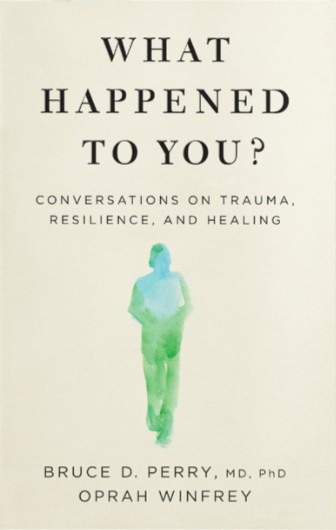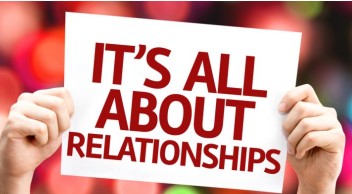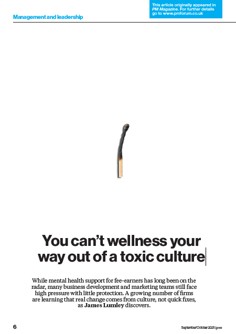If, like me, you use some of the relatively quieter summer months to tackle some learning you may be wondering how to improve your learning effectiveness.
I wrote, a short while ago, about two models to help us understand more about the learning process: http://kimtasso.com/boost-training-effectiveness-learning-theory-nutshell/ where I outlined Honey & Mumford’s learning styles and Gibb’s model of reflection.
At a recent coaching session, I recalled Kolb’s learning theory – which links to both the underlying Jungian basis of MBTI personality assessments (see http://kimtasso.com/creativity-2-creativity-personality-profiling/) as well as Honey and Mumford’s model.
What are Kolb’s learning styles?
David Kolb’s model uses a four stage cycle similar to Honey and Mumford’s pragmatist:
- Concrete Experience (CE) – like Activists
- Reflective Observation (RO) – like Reflectors
- Abstract Conceptualisation (AC) – like Theorists
- Active Experimentation (AE) – like Pragmatists
He also suggests that there are four learning styles:
- Diverging (CE/RO)
- Assimilating (AC/RO)
- Converging (AC/AE)
- Accommodating (CE/AE)
Kolb goes further to explain why people have different preferred styles of learning – based on how their progressed through development stages of acquisition (birth to adolescence), specialisation (schooling and adulthood) and integration (mid-career to later life).
He suggested that the various styles are on a processing continuum with people either feeling (Concrete Experience) or thinking (Abstract Conceptualisation) and doing (Active Experimentation) or watching (Reflective Observation).
You might compare the different styles as follows:
| Diverging | Assimilating | Converging | Accommodating | |
| What they do… | Look at things from different perspectives | Adopt a concise, logical approach | Solve problems | Set targets and actively try different ways to achieve an objective |
| Prefer… | To watch.
To work in groups |
Good clear explanation.
Reading, lectures, exploring models. Tme to think |
Technical tasks.
To make decisions by finding solutions to questions and problems |
To work in teams |
| Best at… | Viewing actual situations from several perspectives | Understanding wide-ranging information | Finding practical uses for ideas and theories | Relying on intuition rather than logic |
| Perform best at… | Generating ideas | Organising information into a logical format | Finding solutions to practical issues | Hands-on activities |
| Likely to… | Have broad cultural interests | Have information, science or technology interests | Have specialist and technology abilities | Use others’ analysis to take a practical, experiential approach |
| Like… | To gather information.
Receive personal feedback |
Logically sound theories rather than approaches based on practical value | Technical tasks and problems | Roles requiring action and initiative |
| Interested in… | People | Ideas and concepts | Experimenting with new ideas.
Working with practical applications |
Teams and tasks |
What does this mean in practice?
As I explain to those people that I coach, it helps if you understand your preferred style of learning and develop strengths in the others as when you come to learn different things (for example, knowledge acquisition compared to developing new practical skills) you might learn more effectively in a different ways.
Consider how you approach a task (grasping experience – either watching or doing) and your emotional response to the experience (transforming experience – either thinking or feeling).
It also means that there may be value in considering learning styles when you build a team – in a similar way to using team personality assessments such as Belbin, relationship styles and Talent Dynamics.
If you are training others, it is important that you provide activities that allow people to experience, observe, develop their ideas and plan action. Or, more simply, they need opportunities to feel or think as well as do or watch.









